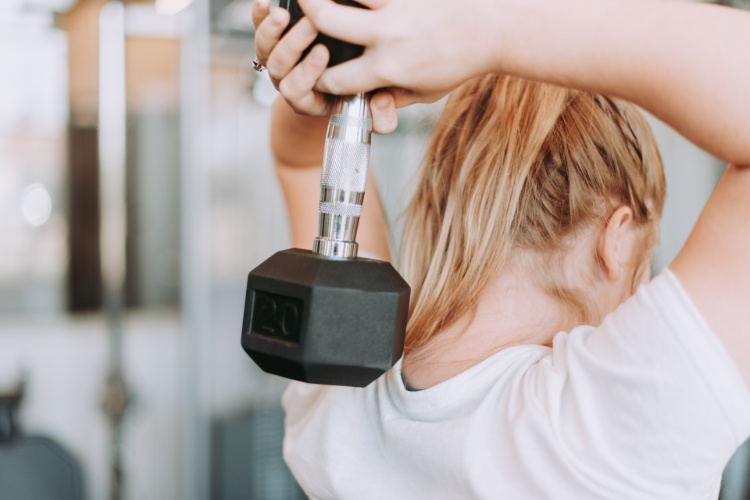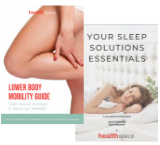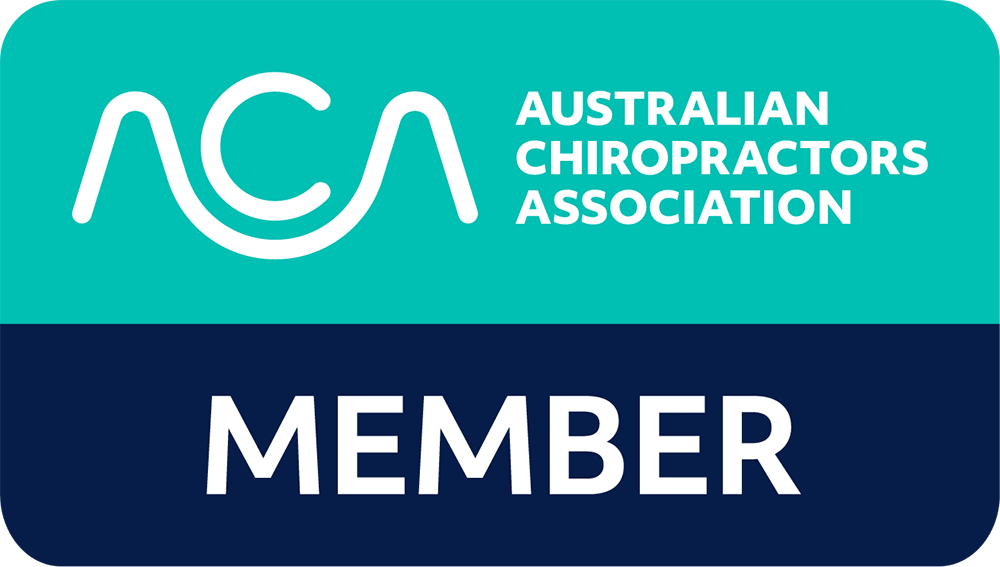
With more and more people sitting down for a living, postural issues are becoming increasingly common.
I often hear people say “It hurts when I sit with good posture”, or “I feel as though my muscles get tired sitting with good posture”. If this is you then your first thought should be “I need to strengthen my postural muscles”.
Whilst it is the first thought you should have, it is also a thought that often leaves people with more questions than answers. What are the postural muscles? Does all exercise help them? Do you need to do specific exercises in the gym? Should you be modifying what you are doing in the gym? Should you be going to the gym at all?
The easiest way to understand what the postural muscles are is to look at a common postural issue. Upper Cross Syndrome is not the be-all and end-all of postural issues, but it is an issue that is becoming more and more prevalent. It is often related to poor or prolonged work postures, repetitive movements, and poor exercise technique. It involves a cross pattern of muscles becoming tight and overactive or weak and underactive. The pectoralis major (Pecs), upper trapezius (traps) and levator scapulae become tight, whilst the deep neck flexors, lower trapezius and serratus anterior become weak.
So is correcting posture as simple as stretching the tight muscle and performing strengthening exercises on the weak ones? Whilst this may initially be the best course of action, it is only the foundation of which we want to build. These imbalances in muscles impact our scapular (shoulder blade) stability. This impacts us not only in exercise but also in day to day life. A small isolated movement is great to initially bring some activation and strength to a muscle. But unless we are strengthening these muscles through their entire range, and in different planes of movement the issue will not be fully addressed.
So how should you go about doing this when repetitive movements and poor exercise technique have both been identified as risk factors for Upper Cross Syndrome? Is it safe to be going to the gym? (Especially when links have been shown between Bodybuilders who train at the gym all-day and a higher incidence of Upper Cross Syndrome).
The key to this comes down to your focus and balance at the gym. If you go to the gym 3 days a week, working on your chest twice and your back only once, it is easy to see why an imbalance would occur over time. The same can be said for those who spend all day sitting hunched over at their desks only to come to the gym and spend 30 minutes of cardio hunched over on a bike.
This is not to say that training your chest or doing a spin class is a bad choice, only that these exercises and postures need to be balanced. Make sure that you are spending equal amounts of time on different areas of your body (unless you know you have a deficiency or weakness you are trying to amend). If you spend all day sitting, try jumping onto a treadmill instead of the bike and work the posterior muscles of your back. If the impact of the treadmill is too much for you, the rower and cross trainer are also great options.
When looking at weights there are two principles I like to follow:
1) If a muscle is tight or overactive, use an eccentric exercise to strengthen it through its full range.
2) Compound exercises are great, you just need to have a strong postural focus
Eccentric Exercise
Eccentric exercises focus on the time in which the muscle is lengthening (normally as the weight is lowering). Eccentric exercises have been shown to increase the optimum length of the muscle and lower active muscle tension by up to 60% immediately following exercise.
Two great eccentric exercises for Upper Cross Syndrome are dumbbell chest flys and dumbbell shrugs (with your arms out at 30 degrees). Aim to take 4-6 seconds to slowly lower the weights in both exercises.
Compound Exercise
If you are someone who loves compound exercises at the gym (e.g. bench press, squat, deadlift) then why not keep all of these in your program? When done with the correct form (posture) these will strengthen a lot of your postural stabilising muscles. Sometimes the big change that people need with these exercises is to bring the weight down for a couple of weeks and focus on slowly increasing it back up, whilst maintaining good form.
Need some tips to maintain your form?
When bench pressing, try to ensure your shoulder blades are locked down and flat (imagine what you do when someone tells you to sit with good posture), and as you bring the bar down to your chest, focus on actually squeezing your shoulder blades back rather than just letting the bar fall.
The same is true when looking at a deadlift. Our posture is essential here and for some people, getting the bar to the floor with good posture is not possible. If this sounds like you, try performing this as a rack pull or having something to place the weight onto that is higher than floor level.
When starting out squatting a lot of people will look to do a goblet squat or front rack squat, as these feel more comfortable or ‘safer’. The issue with both exercises (for anyone with a postural issue) is that the weight is placed out in front of their body, dragging their weight forward, and potentially compromising their form. Placing the bar across the back of your shoulder will naturally let your shoulder blades lock down and back into a natural position. If this is an exercise that you feel ‘unsafe’ doing, then try squatting down to a bench or substitute the barbell for dumbbells and hold them upon your shoulders with your elbows parallel to the ground (maintaining this throughout the squat).
Don’t forget about the specific postural strengthening or activation exercises altogether because they are an awesome tool to have in your belt. Try adding them in as a warm-up, or super-setting them between each set of your compound exercises. This will allow you to keep doing the exercises you enjoy whilst building up the posture you need!

